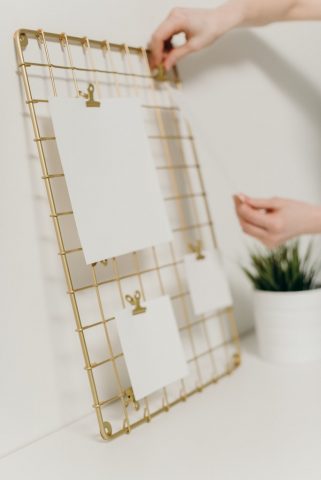
Why Paper Planners Are Better Than Digital
May 27, 2021
Most Popular Art Challenges to Try in 2021
June 9, 2021
Flashcards are an important tool for helping to embed learning. This makes them especially useful for exam revision. As we enter exam season, Business Optimizer takes a look at this tool for effective study and considers how to make your own flashcards.
Flashcards are a useful study and revision guide. But how can you ensure that they are as effective as they could be?kkkk
Here are some top tips for making your own flashcards.
#1. Choose your subjects
Flashcards are great study and revision aids, but they aren’t suitable for all subjects. They are great for helping you write down, revise, and recall information, but they aren’t so suitable for skills-based subjects such as advanced maths, creative writing, computer programming or art.
#2. Choose a good quality paper
You want to get a lot of use from your flashcards, so choose a good quality paper that provides you with a good reading experience and an amazing printing or writing experience. And while you’re looking for a top-notch quality paper, remember to look also for an opportunity to give a little help to the environment by choosing recycled paper. Navigator offers you an Eco-conscious & Engaged paper range that combines the best quality paper with the power of being sustainable.
#3. Don’t squeeze too much information onto one flashcard
Think carefully about how much content to add to each flashcard. If you need to break a concept up into two flashcards, do so. It’s easier than trying to decipher squashed information later on.
#4. Use images
You don’t have to be a fantastic artist to add some doodles to your flashcards. Adding images will help you remember the topic, especially if you are a visual learner.
#5. Use colours
Similarly, using colors helps information to stick in your mind. Plus, it can help you to add meaning through color-coding certain topics or types of information.
#6. Make use of online tools
If you aren’t confident about designing your flashcards, there are plenty of online tools that can help. These online tools help you to create flashcards that look great. We like Canva’s free online flashcard maker and the flashcard maker that is provided online with Adobe Spark. Once created, you can simply print out your flashcards and use them as you would hand-written flashcards. Why not experiment with these tools to see if they suit you?
#7. Read out loud!
When you come to read back the information on your flashcards, read them out loud to yourself. As well as slowing you down, to ensure you concentrate on and process the information, speaking the words out loud can help with later recall – so it’s an important revision technique.
#8. Work with a friend
A problem shared is a problem halved, so they say. So why not work with a revision buddy? This way you can test each other on the flashcards you have both produced.
#9. Repeat!
Reading back your flashcards and testing yourself shouldn’t be a one-time activity. Research shows that you need to revisit information several times for the best recall later. Create a revision timetable that gives you plenty of time to revisit your cards several times, ideally several days apart.
#10. Create again
Did you know that writing by hand is one of the best ways to engage with information and ensure later recall? So don’t limit your repetition to simply re-reading the flashcards. By creating them over again, you give your brain another chance to engage fully with the topic – and you give yourself another opportunity to perfect both your design and subsequent recall!




